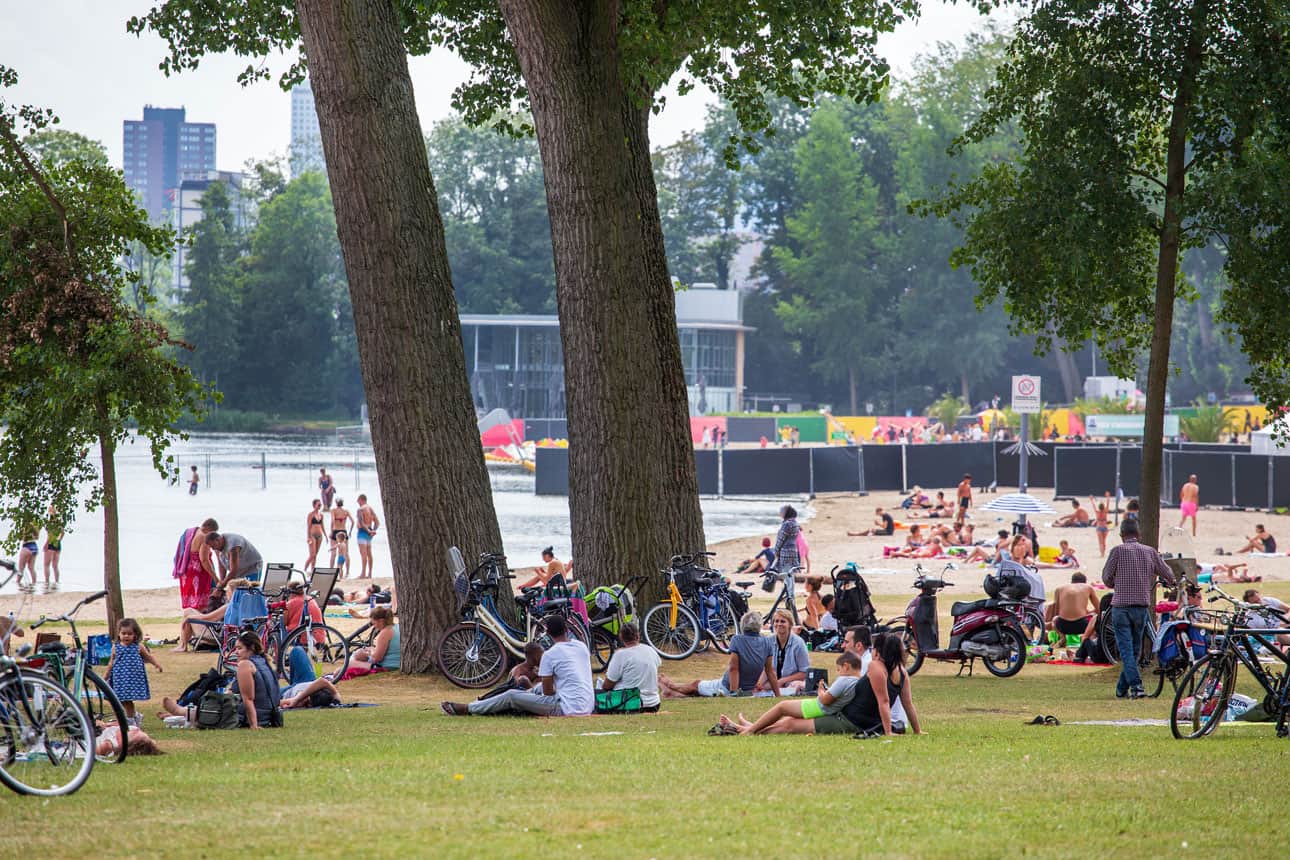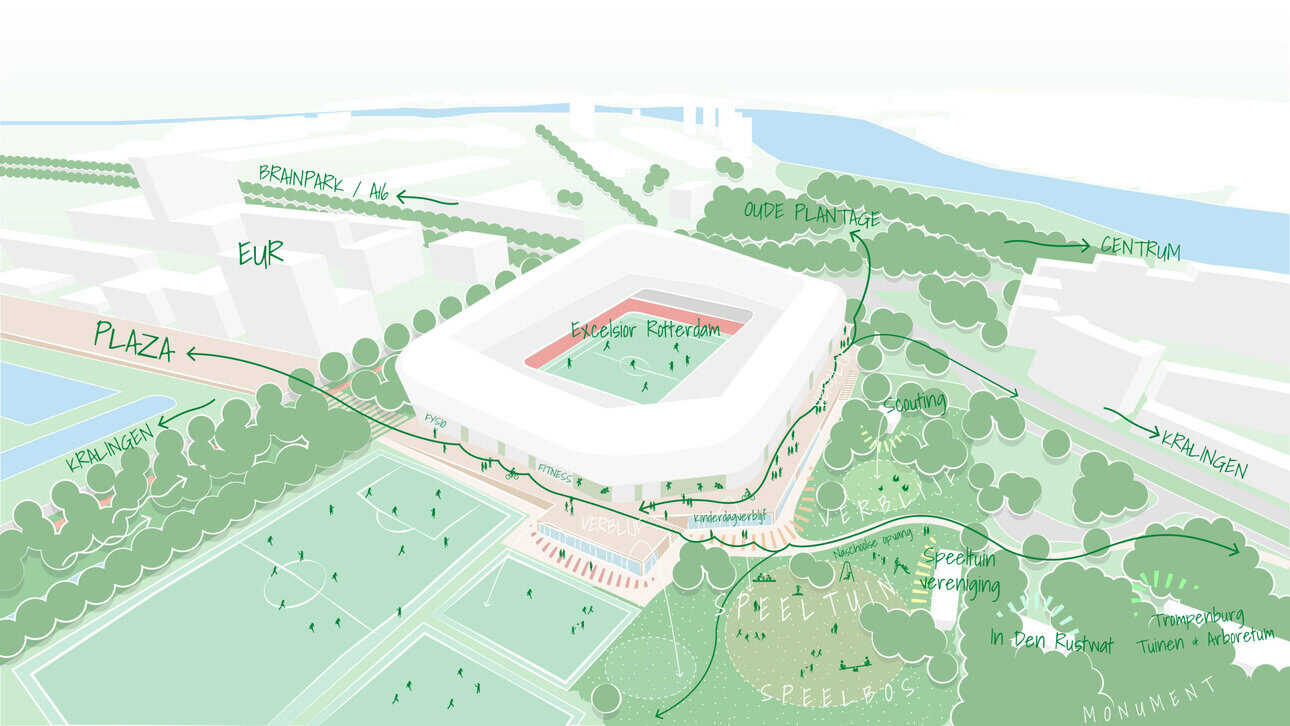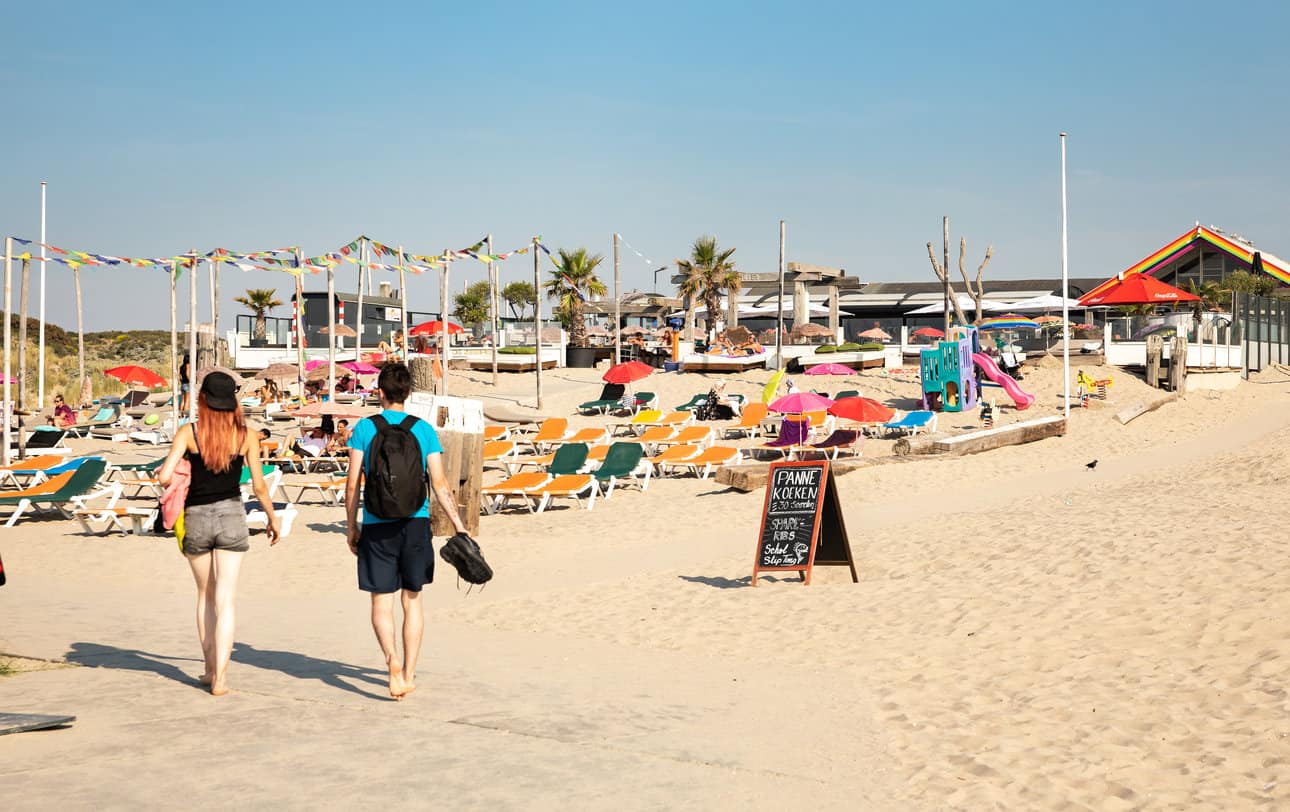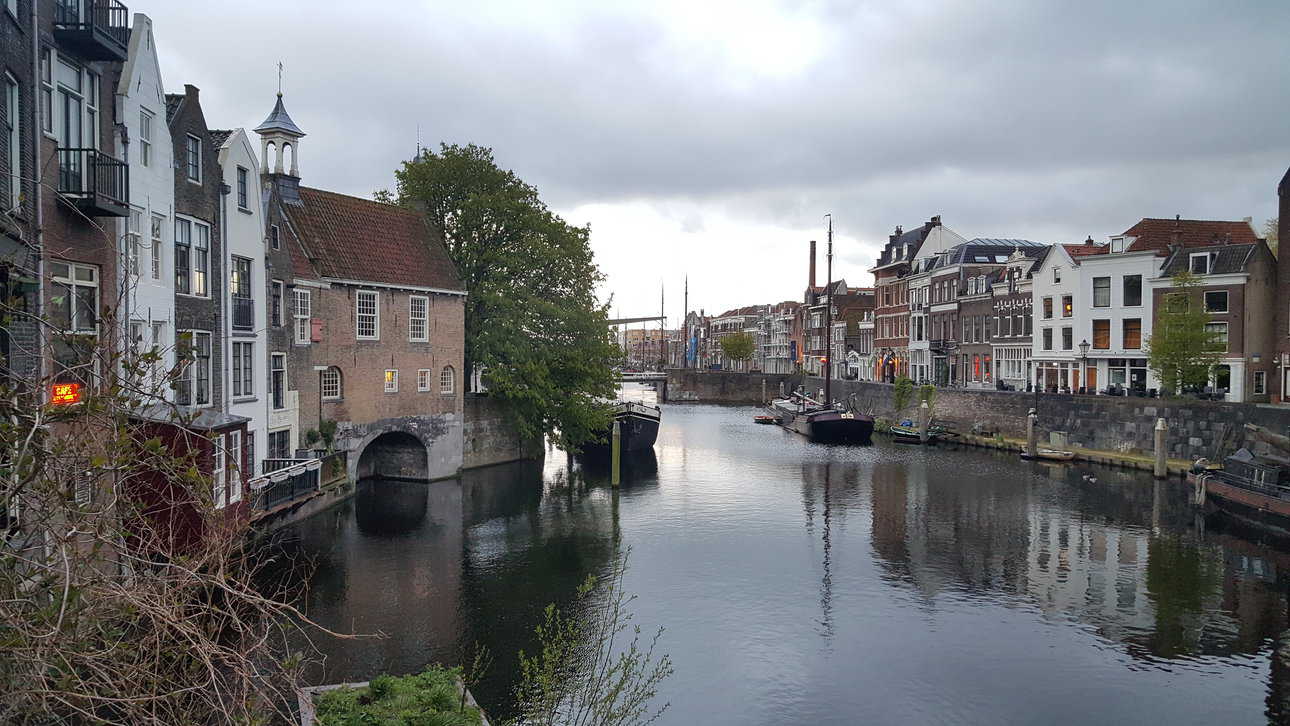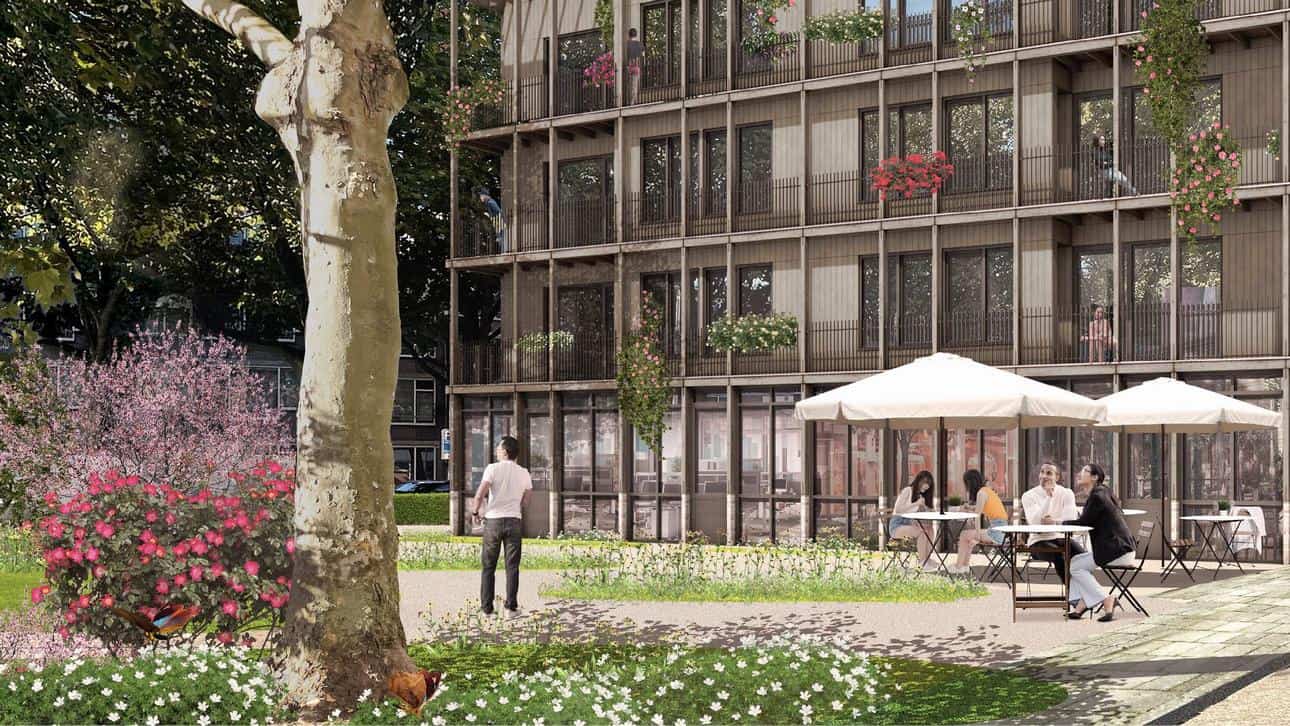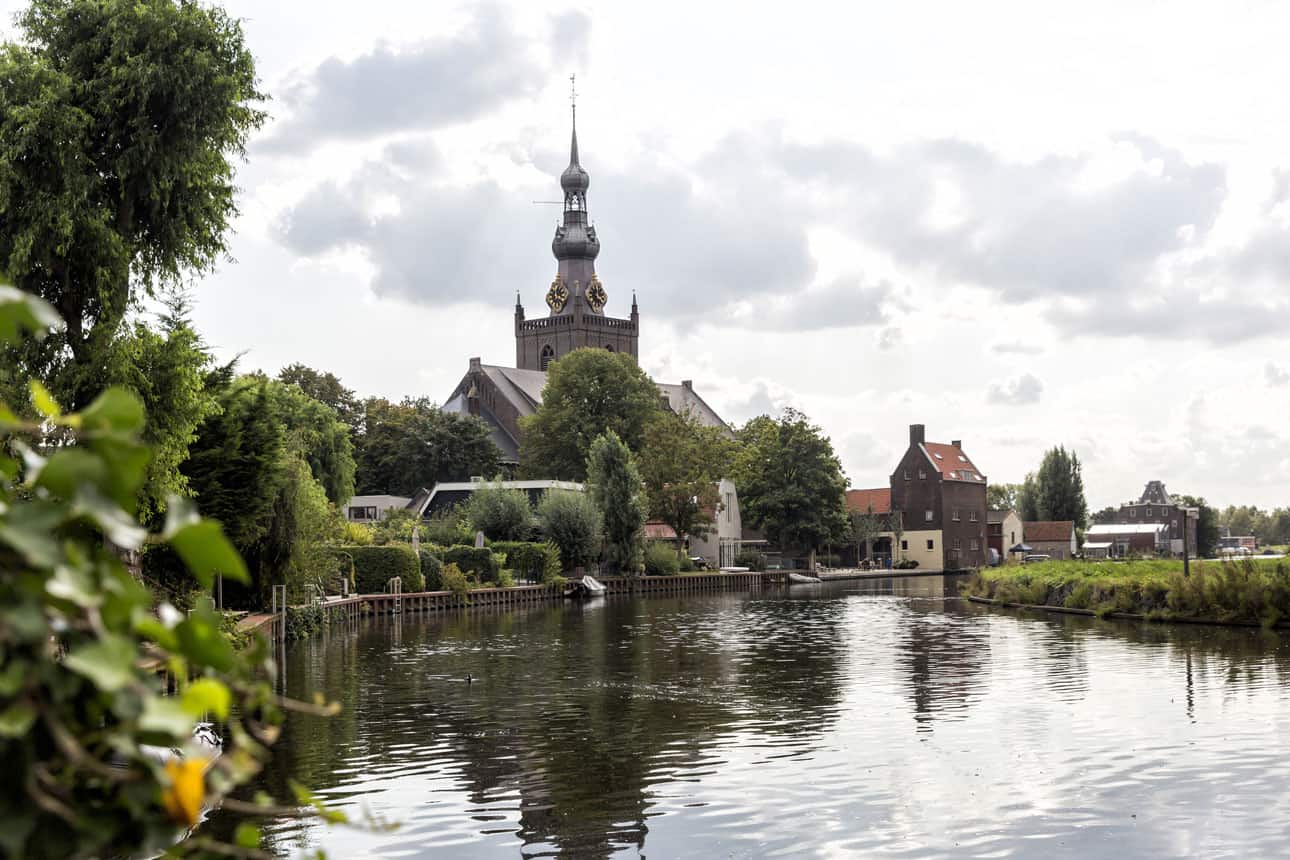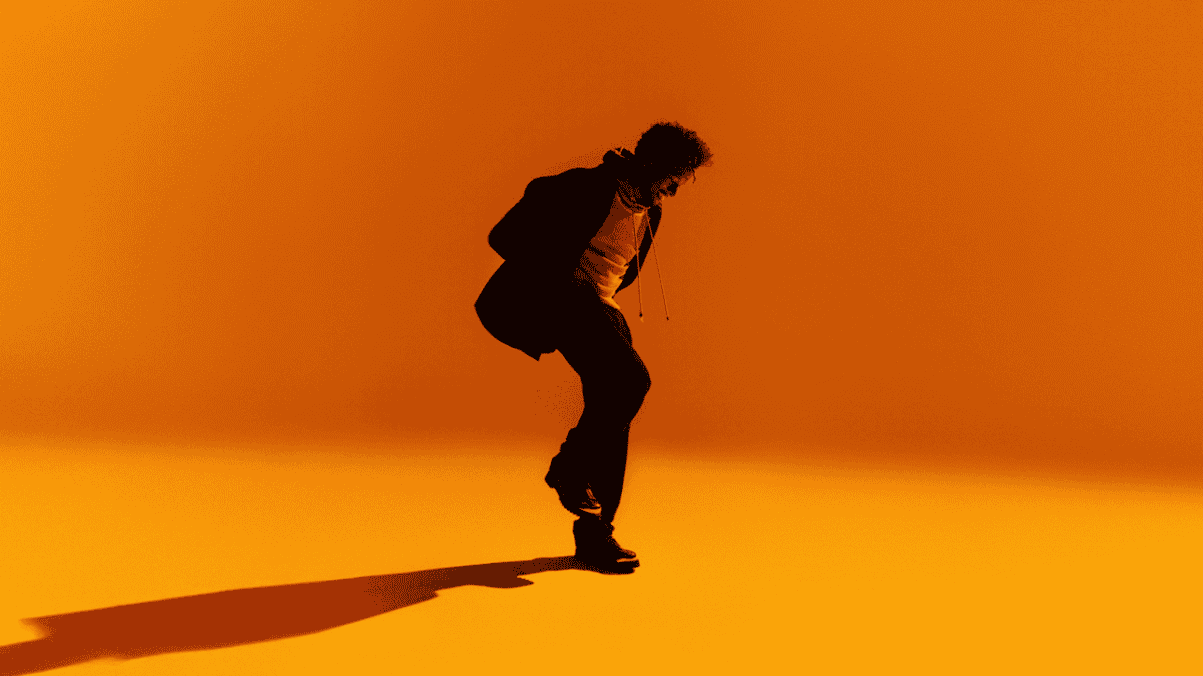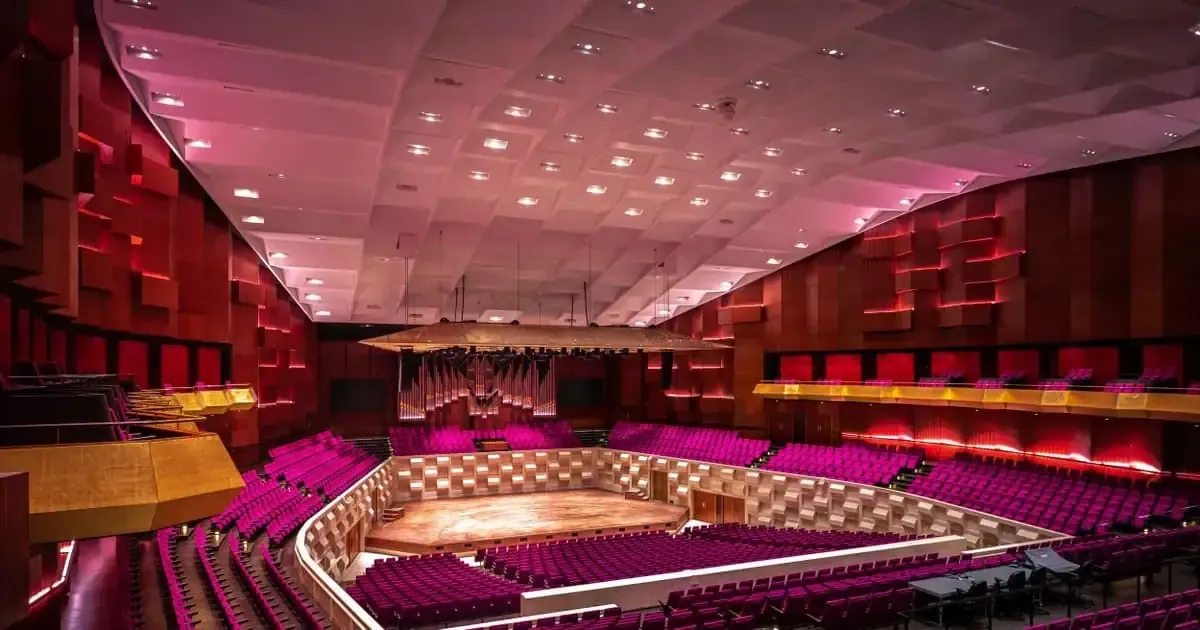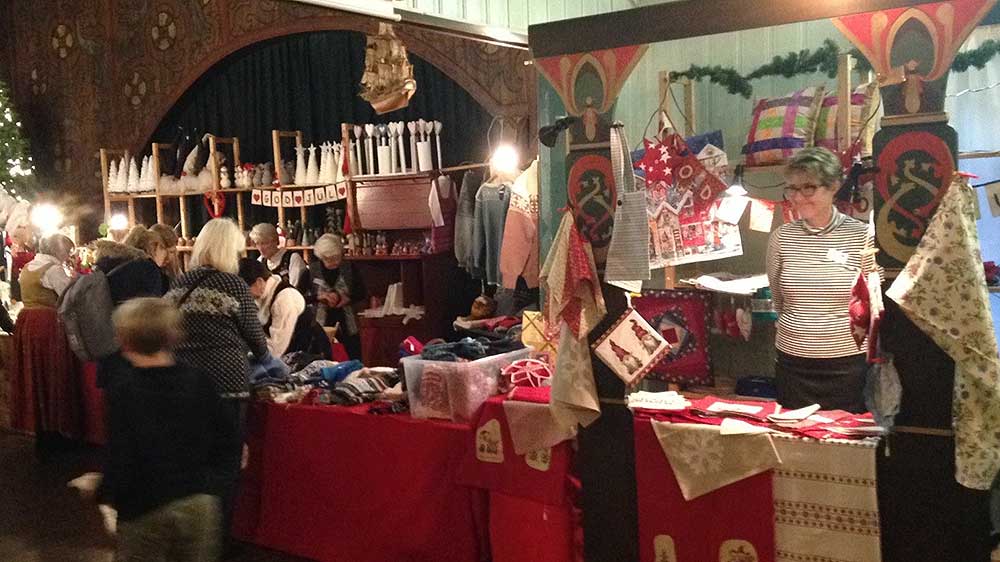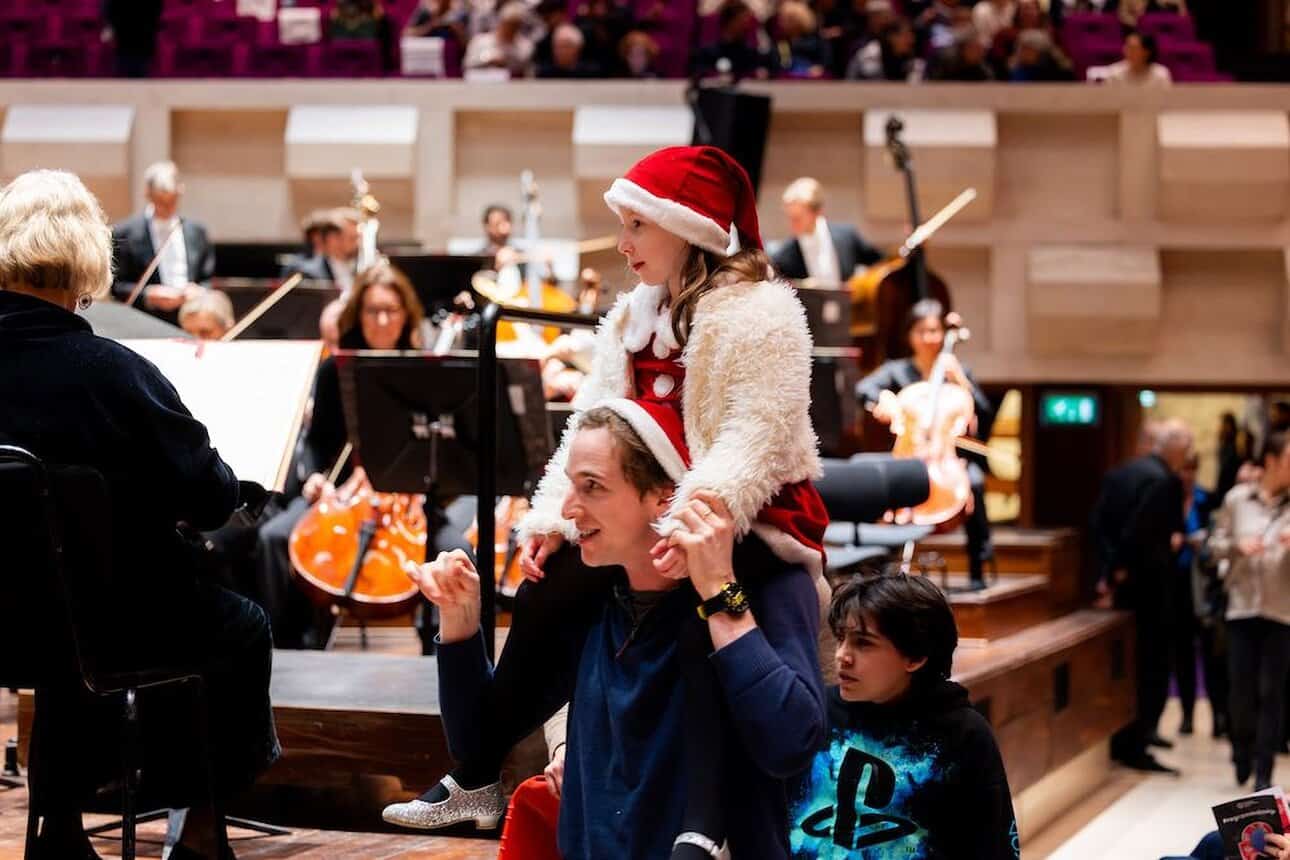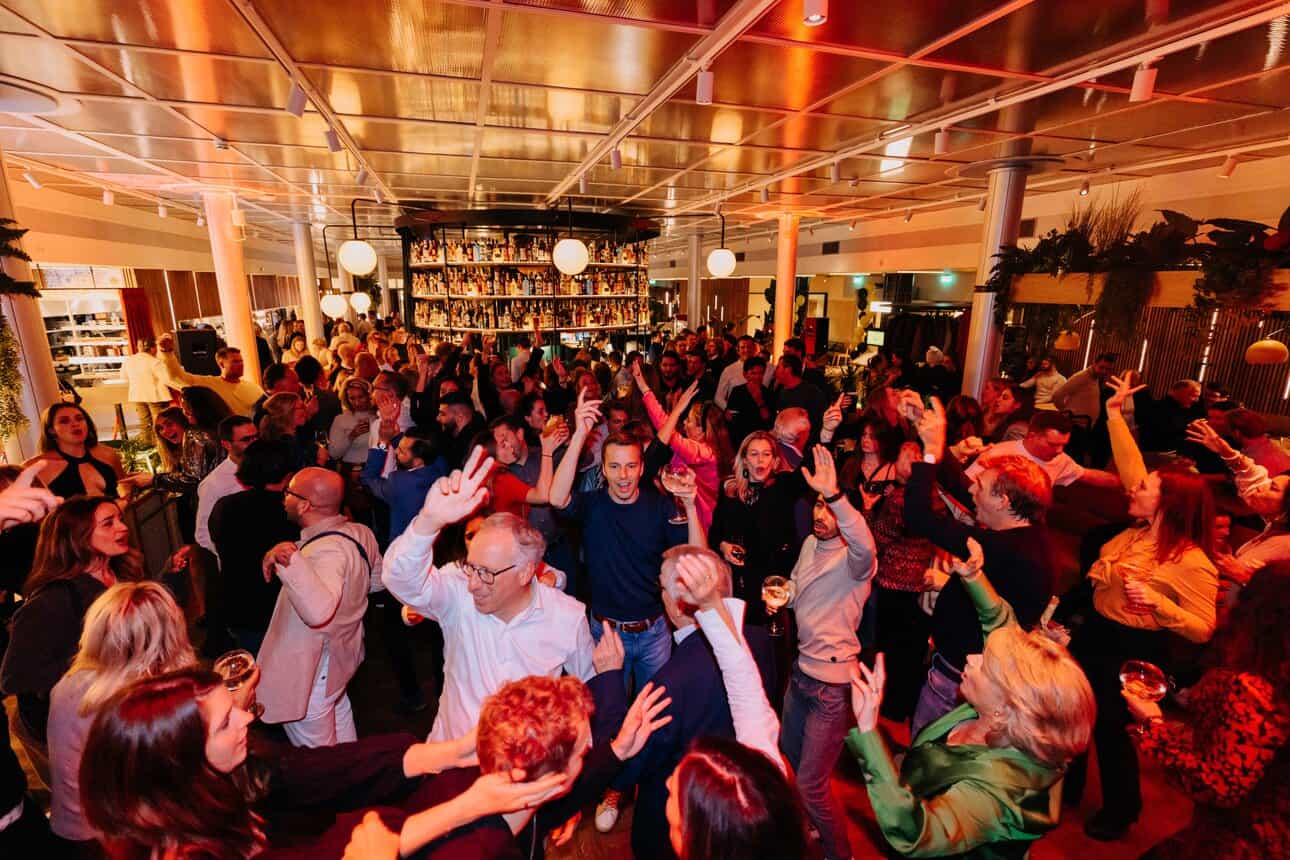Photo credit: Arnoud Verhey.
Kralingen-Crooswijk is an elegant district in the eastern part of Rotterdam, known for its beautiful parks, historic architecture, and vibrant atmosphere. The district is a popular destination for those seeking a lively cultural experience within a picturesque setting.
History
Kralingen and Crooswijk have distinct histories that intertwine to form one of Rotterdam’s most character-rich districts. Kralingen was historically an affluent area, home to Dutch nobility and wealthy merchants. The grand villas, many of which still line the leafy avenues, speak to its aristocratic past. By contrast, Crooswijk developed as an industrial hub, known for its breweries, slaughterhouses, and shipbuilding yards. The neighbourhood was also home to many of the workers who helped build Rotterdam into a major port city.
The wartime bombing that devastated much of central Rotterdam largely spared Kralingen, leaving its historical charm intact, whereas Crooswijk underwent multiple urban renewal projects in the late 20th century. Today, these two contrasting origins contribute to the district’s diverse character, where old-money estates stand alongside working-class heritage.
Landmarks and Attractions
One of the most defining features of the district is the Kralingse Bos and Plas—a vast green oasis that draws visitors year-round. But beyond the well-known park, Kralingen-Crooswijk is home to some lesser-explored gems. The Trompenburg Gardens & Arboretum offers a botanical escape, featuring exotic plant species and centuries-old trees. The district also holds strong literary and artistic connections; for example, the Joodse Begraafplaats (Jewish Cemetery) on the Toepad is a quiet historical landmark that speaks to the rich Jewish heritage of Rotterdam. Meanwhile, Hoflaankerk, one of the oldest churches in Rotterdam, has stood as a silent witness to centuries of change in the area.
In Crooswijk, the General Cemetery is the resting place of many notable Dutch figures, including war heroes and influential politicians. And if you’re interested in the area’s industrial past, the former Heineken brewery building stands as a symbol of Crooswijk’s history as a centre for beer production. Though brewing no longer takes place there, it remains an architectural landmark.
Housing Market
Housing in Kralingen-Crooswijk reflects the diversity of its history and residents. In Kralingen, spacious 19th-century townhouses and villa-style homes dominate, many of which are occupied by wealthier residents, expats, and university faculty. This part of the district is among the most sought-after in Rotterdam, making property prices and rental costs among the highest in the city.
Crooswijk, on the other hand, has long been known as a working-class neighbourhood, but recent years have brought a wave of gentrification. The Nieuw Crooswijk redevelopment project has replaced much of the older social housing with modern apartments and townhouses, attracting young professionals and families looking for affordable yet central housing options. While some locals lament the loss of Crooswijk’s original character, others see it as a necessary transformation to revitalise the area.
Shopping and Entertainment
Kralingen-Crooswijk features a variety of shops, boutiques, and markets, catering to the needs of residents and tourists. The district also offers a range of entertainment options, including galleries, theatres, and music venues.
Going Out
The dining scene in Kralingen-Crooswijk is diverse, with numerous restaurants, cafés, and bars offering a range of culinary options. From traditional Dutch dishes to international cuisine, there's something for everyone to enjoy in this vibrant district.

